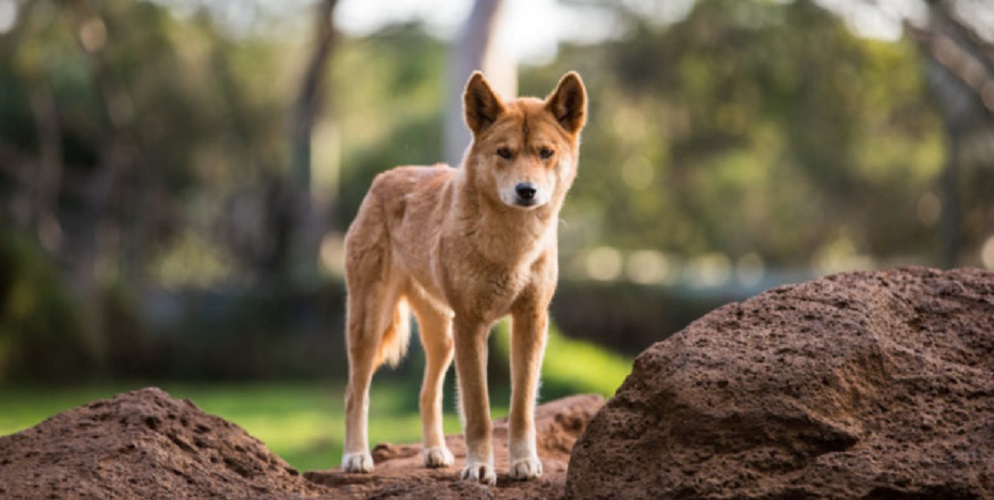What are carnivorous animals?
We explain what carnivorous animals are, how they are classified and how they differ from herbivores and omnivores.
-
What are carnivorous animals?
Carnivorous animals or zoophages are those consuming organisms whose diet consists exclusively of the organic matter of other animals . They are heterotrophic organisms . In this classification both predatory animals and scavengers are considered.
Although the mere mention of the word carnivore makes us think of the great African or Asian predators (when not prehistoric, like certain species of dinosaurs), in reality there is a huge universe of animals that get their energy and matter in this way.
It is not an exclusive diet of red meat or mammals, but of the meat of another animal. There are even plants that complement their autotrophic nutrition with insect digestion methods (the so-called carnivorous plants).
Carnivorism emerged as a method of nutrition from early times, as part of the evolutionary competition of life . It was an important engine of natural selection, as prey and predators competed for millions of years to adapt to each other’s strategies.
-
Examples of carnivorous animals

Some examples of carnivorous animals are:
- The great African and Asian felids : tigers, lions, jaguars, pumas, lynx, and other scavengers that live next to them, such as hyenas or vultures.
- The fearsome marine predators : sharks, barracudas, killer whales, brunettes, etc.
- Arachnids such as scorpions, centipedes and spiders, and insects such as the praying mantis.
- Birds of prey such as owls, owls, hawks and eagles, as well as other scavengers such as vultures and condors.
- Wild canids such as foxes, coyotes, wolves and wild dogs.
- Piscivorous birds such as pelicans, gannets or cormorants.
-
Characteristics of carnivorous animals

Carnivorous animals can have very different characteristics from each other, since in each case they are adapted to the habitat in which they live and to the hunting strategies that allow them to consume the meat of other animals. For example, large terrestrial carnivores usually have sharp teeth to tear the flesh, or curves to hold the prey and prevent it from escaping.
In some cases, they also have sharp claws , and in others with modified organs, such as the teeth of venomous snakes, capable of inoculating their prey a kind of modified digestive enzymes that produce different types of paralysis or death.
Many carnivores are also skilled hunters , endowed with instinct and mechanisms to stalk, chase or surprise their prey, thus maximizing their chances of feeding. Many have large jaws to bite, like sharks.
In the case of insects, crustaceans and arachnids, they have strong tongs or appendages to hold prey, break their defenses or extract them from their hiding places. The same can be done by carnivorous birds with their strong, sharp and curved beaks, and their sharp claws, suitable for holding and tearing the outer layers of the animal and accessing the softest and most nutritious meat.
There are also marine carnivores such as the blue whale employ water filtration methods to keep the large portions of crustaceans and microorganisms they feed on. For this they have internal beards and huge mouths.
On the other hand, carnivores usually have more direct and simple digestive systems , at least compared to herbivores, since the latter must digest plant organic matter at different stages , while animal meat is much simpler to digest.
-
Types of carnivorous animals
There are two possible classifications of carnivorous animals. The first deals with the type of meat from which they feed, that is, the type of animals they consume preferably. Thus, we could distinguish between:
- Strict carnivores . Those who eat meat from other vertebrate animals , such as mammals , birds or reptiles .
- Piscivores . Those who devour fish and other forms of non-mammalian marine life.
- Insectivores . Those that feed on insects and other arthropods .
On the other hand, we can also distinguish between carnivores according to the preference they give meat in their diet, since they combine it with other food sources:
- Hypercarnivorous . Those who feed mostly on meat (approximately 70% of their diet).
- Mesocarnívoros . Those who combine meat and other food sources in equal proportion (approximately 50% of their diet).
- Hipocarnívoros . Those who include meat in their diets, but minority (up to 30% of their diet).
-
Herbivorous animals
Herbivorous animals, unlike carnivores, are consumers who obtain their energy and food from organic matter of plant origin , that is, ingesting parts of the body of plants: leaves, stems, bulbs, roots, fruits, seeds, flowers , etc. Algae are also part of their diet, in some cases.
These animals usually live in regions of high plant presence and have teeth or beaks conditioned for the type of plant material that makes up their diet. This includes flat molars to crush plant fibers, as well as various stomachs or a long and recurrent digestive system, in which plant cellulose can break and get energy .
Examples of herbivores are cattle such as cow, or wild animals such as antelope and giraffe.
-
Omnivorous animals

A category beyond carnivorous-herbivorous bipolarity is that of omnivorous animals, which are able to obtain their livelihoods from very diverse and complementary sources, so they can subsist both on the basis of a vegetarian diet, as of a carnivorous diet, or mixed .
They are non-specialized consumers, who can play the role of predators, scavengers and herbivores at will. Some cases of omnivorous animals are bears, pigs, domestic dogs , apes and humans .




